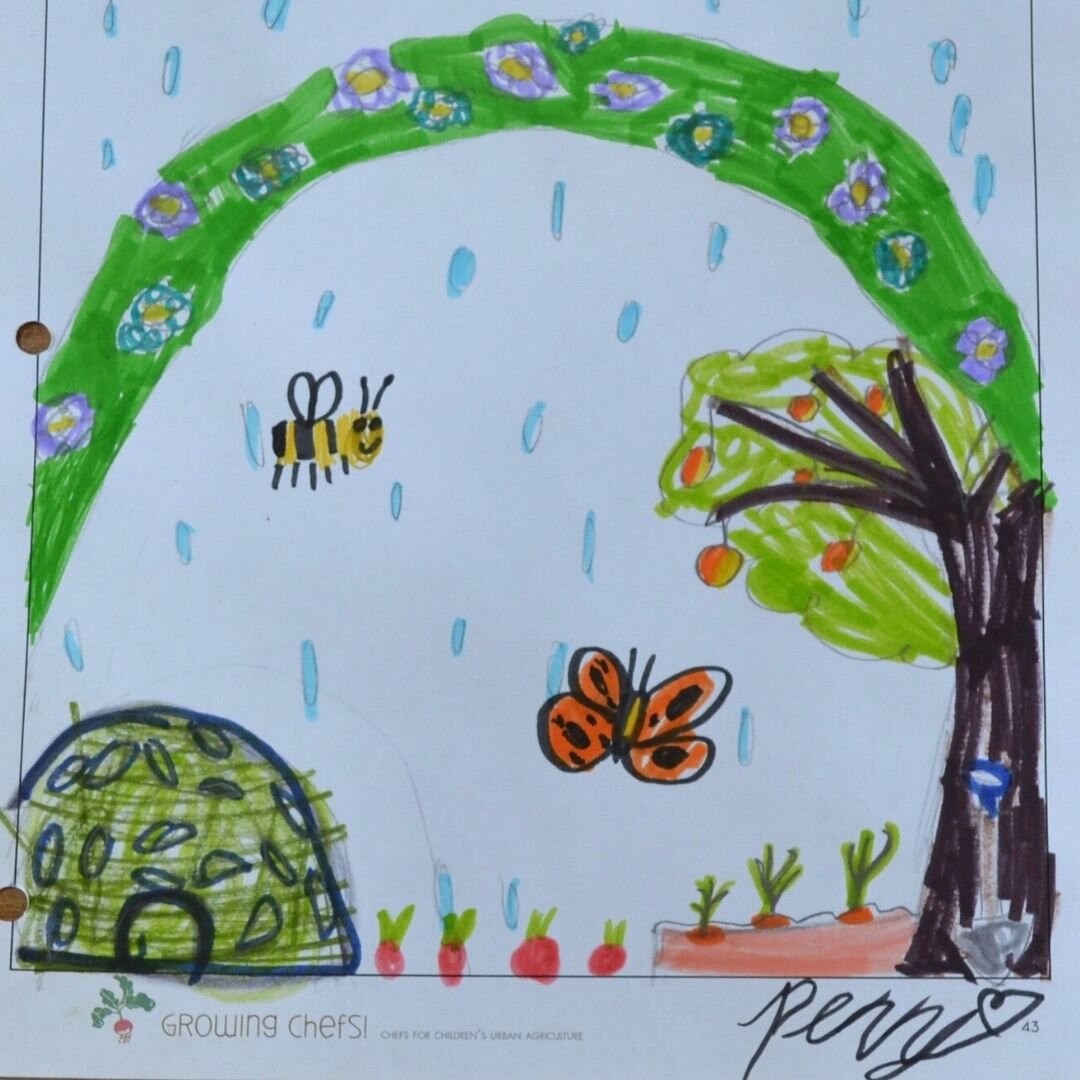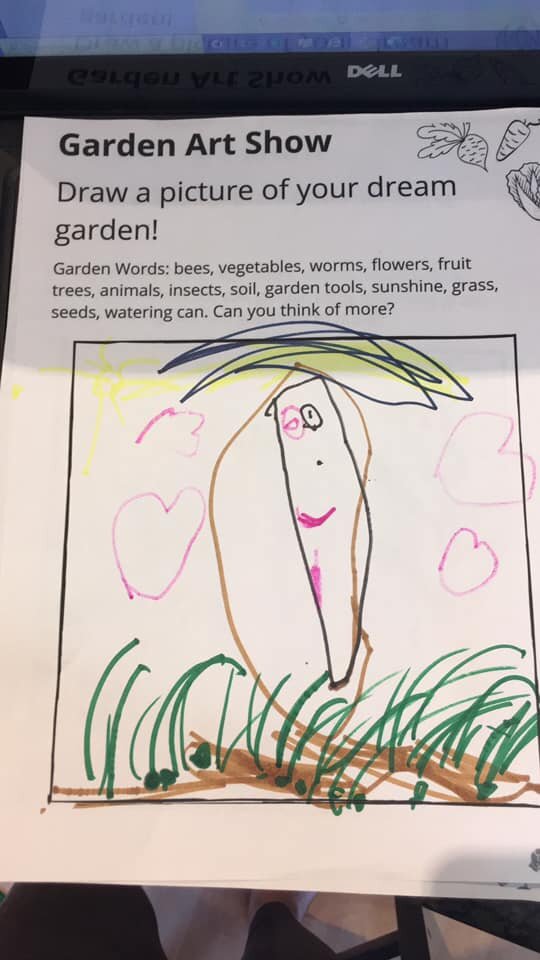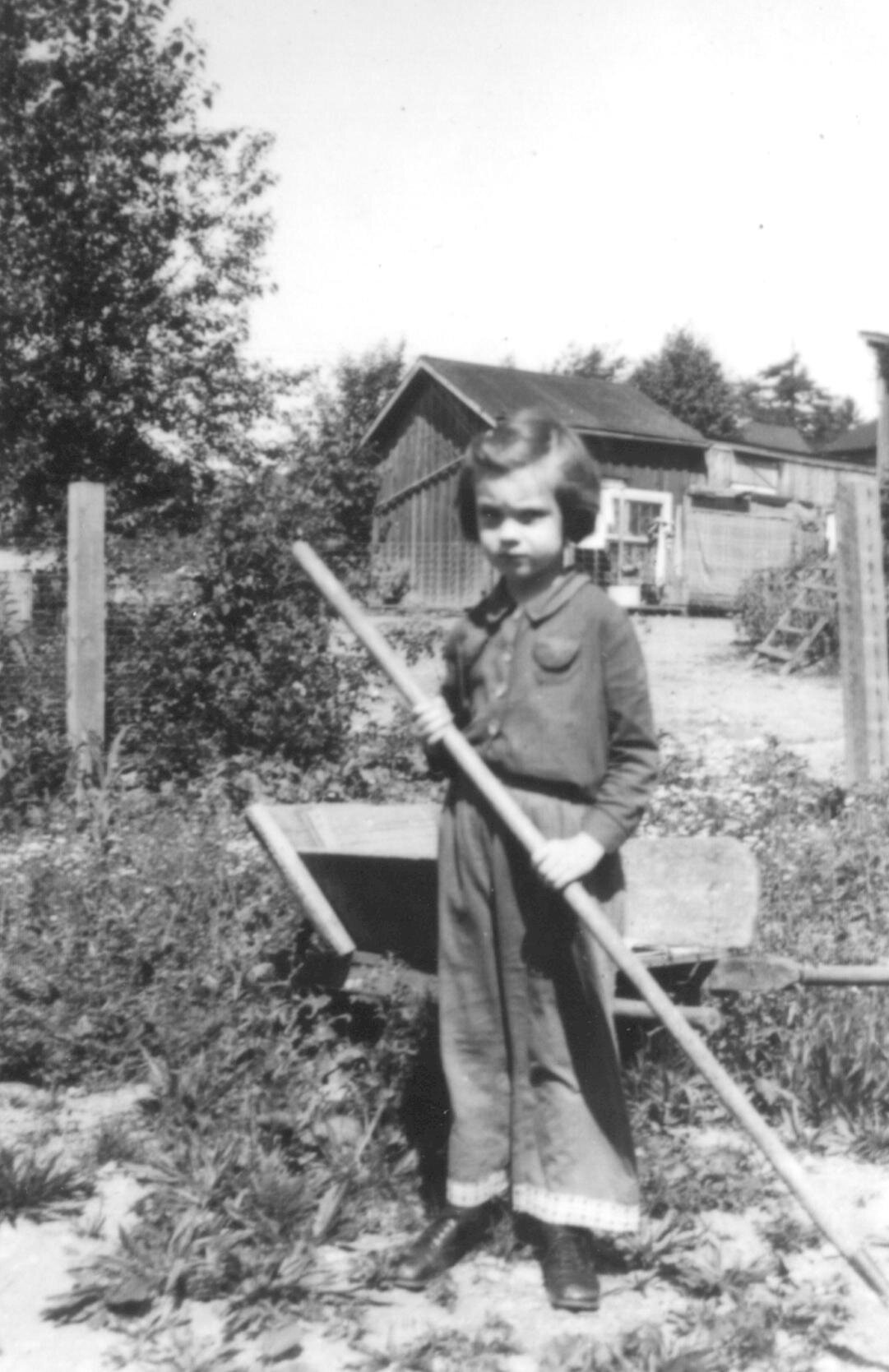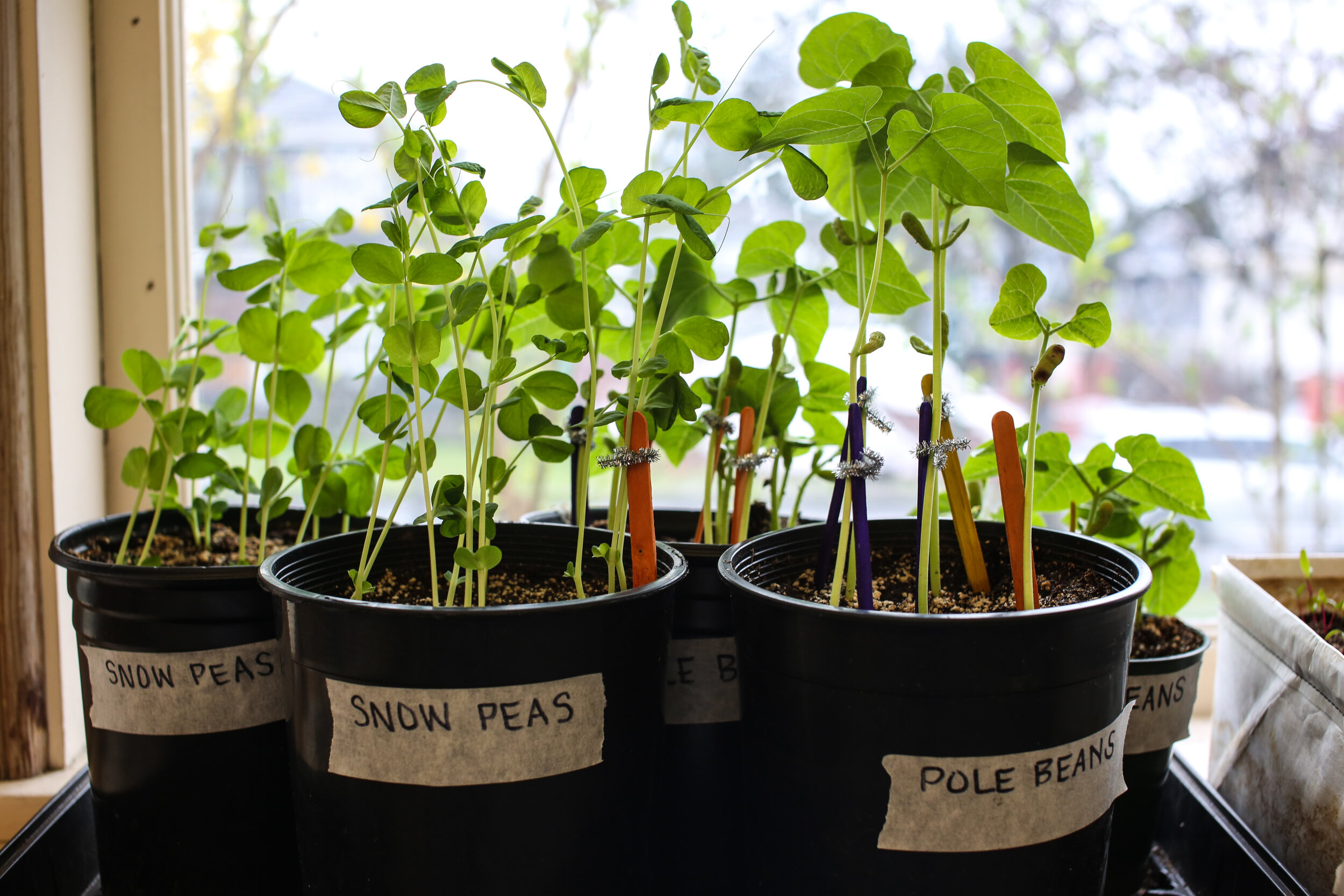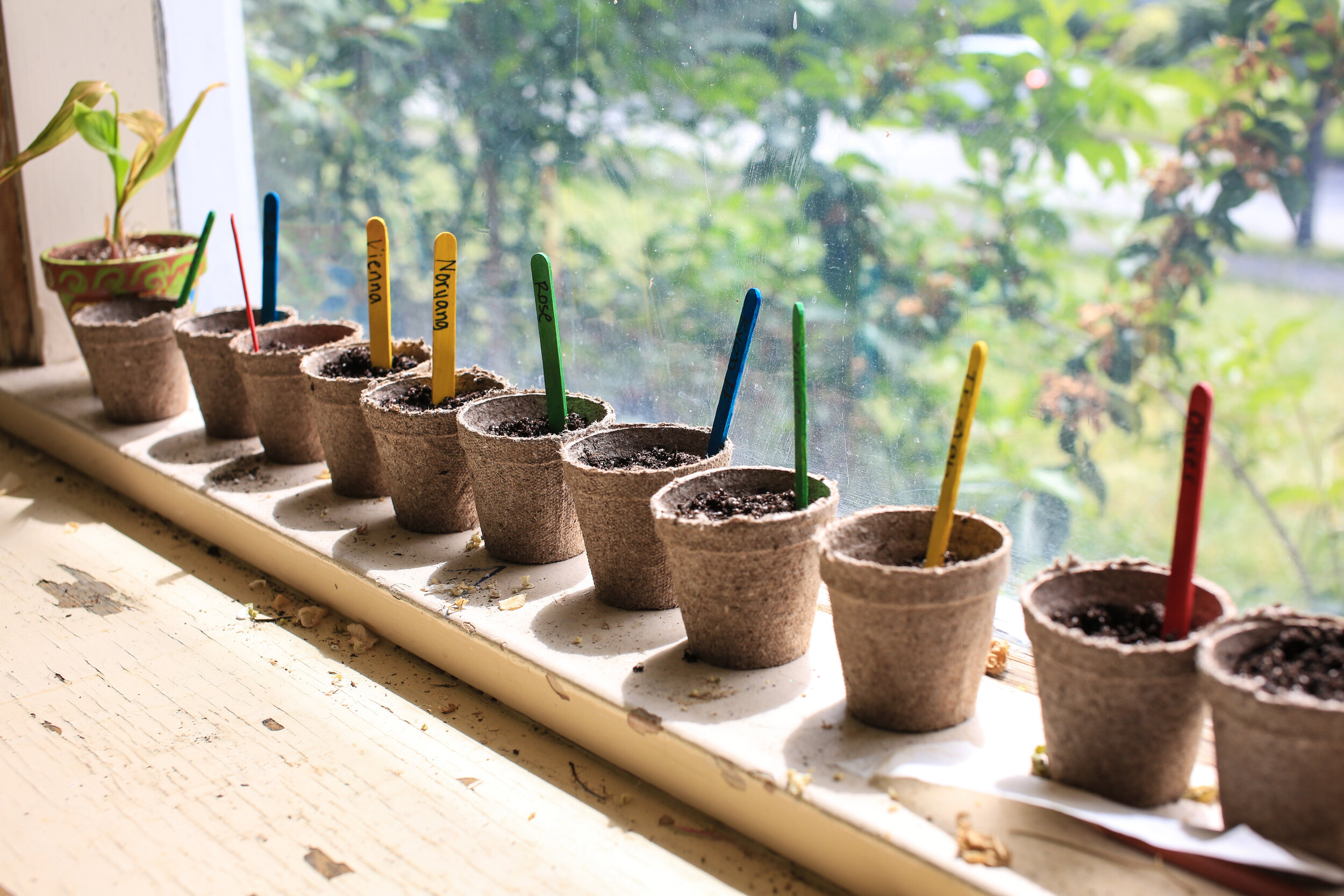Growing Chefs! staff member Christine is here to talk to you about the basics of soil and composting and why they are important for growing our food, and Chef Brennen from our volunteer team brings us into his backyard to introduce us to some of his friends.
Plus we’ve got two fun science experiments you can try at home to explore more about soil and compost!
Getting ready for exploring soil and composting - For this lesson, all you need is is your thinking cap!
Today we will talk about Soil and Composting. This is an introductory video to understanding what soil is, and why composting is so important. Not only for environmental reasons, but also for the added benefits of using compost as a delicious food for your plants at home.
Now we know a little more about what components make up healthy soil, what compost is and why composting is important!
Below we have a great video for you with another of our incredible classroom volunteers - Chef Brennen! Brennen brings us into his backyard and introduces us to his worm farm!
Our Spring program is aimed at kids in grades 1, 2, and 3, but folks of all ages will likely learn something new! If it’s possible for an adult to be around during these lessons, that would be great. Our growing chefs might need their help a couple of times. We will let you know in the video when there are good moments to offer some help.
Related Activities:
Understanding Compost - Build your own at home Soil-arium and explore how compost breaks down creating nutrient-rich soil for our plants. Full activity outline and video found here.
Identifying Soil Type - Become a soil-ologist and examine the soil in your own yard and garden. Learn about the different components of soil and find out what grows best in each type of soil. Full activity outline and instructional video found here.
You can find this new online content here on our website, and we are making announcements about it on our social media (Facebook, Twitter, Instagram).
Thank you so much for your patience while we reinvent ourselves and our programs.










